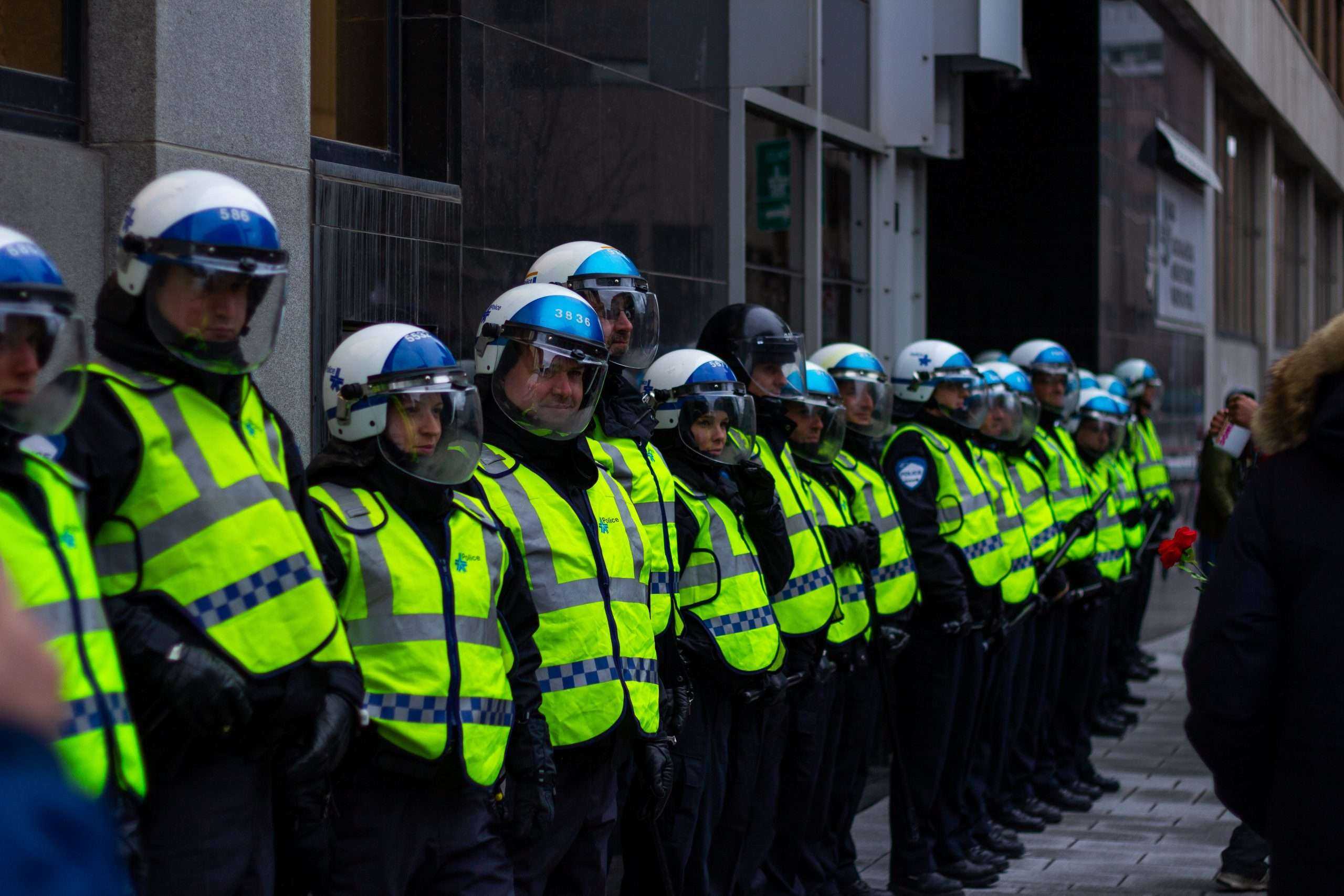on
BY SIMONE J. SMITH
In February of this year, for the first time, our Canadian Government declared a public order emergency and put in place emergency measures that restricted the rights and freedoms of all people in Canada, whether you believe it or not.
One of the measures was broad restriction on the freedoms of Canadians to assemble and protest. Free Canadians who decided to assemble, and exercise their Charter rights were punished by having their personal assets frozen with no notice, or due process.
These orders of emergency handed law enforcement agencies and financial institutions extraordinary powers. The government may have intended these powers to be used in targeted ways, but unfortunately that was not the case. Instead despite what was propagated about protestors on mainstream media, law enforcement used these powers in a way that could definitely be seen as abusive.
On November 25th, 2022, Cara Zwibel, Director of Fundamental Freedoms for the Canadian Civil Liberties Association (CCLA), presented three submissions for the government to take into consideration.
“I have three submissions:
First: the Emergencies Act does not allow for the suspension of Charter rights. In the absence of circumstances amounting to a national emergency, they would constitute serious restrictions on fundamental rights and freedoms that are neither reasonable nor justified in a free and democratic society. So the question; was there a national emergency that justified these measures?
The Canadian Civil Liberties Association respectfully submits that this question is important not only for what it says about the events of January and February of this year, but also because of what it signals to future governments about when extraordinary powers can be used and Parliamentary process can be bypassed to allow the government to rule by executive order.
Second, the government of Canada has offered a range of justifications for its decision to invoke the Act. Its primary justification is set out in its section 58 reports to Parliament.”
She goes on to explain that although the justification has evolved over time, its core elements are relatively simple and remain mostly intact. It focuses very heavily on economic disruption and harm. It also references concerns about:
- The possibility of serious violence either because of the presence of some violent extremists amongst otherwise non-violent protesters
- The possibility that the protests would provide a cover for a lone wolf attack or allow threat actors to recruit
- The concern that violence would erupt in clashes with counter-protesters.
Cara continues, “Apart from the economic concerns, the evidence on which the government relies to back up these claims is extremely thin. The law enforcement and intelligence agencies whose expertise should help inform the government’s decisions did not assess the protests as giving rise to a serious threat of violence.
Parliament intentionally identified a public order emergency by tying it exclusively and exhaustively to the definition of threats to the security of Canada found in the CSIS Act. It requires activities directed toward or in support of the threat or use of acts of serious violence against persons or property for the purpose of achieving a political, religious or ideological objective.
The Prime Minister agreed that the threshold is no lower than the standard set out in the CSIS Act. In our submission, the government exceeded the bounds of the law in taking the steps it did.”
Cara acknowledges that the blockades and protests gave rise to serious harms to the people living in communities where they occurred, that they caused significant economic disruption, and that law enforcement agencies were not well prepared to address them.
“The government was struggling to get clear information from law enforcement about its plans and was wary of crossing the blurry line that risked undermining police operational independence. The government also felt a great deal of pressure to do something to address the situation and to be seen to be doing something. They invoked the Emergencies Act and handed law enforcement across the country sweeping and unnecessary new tools and a clear political mandate to use them.”
Cara concludes by sharing one of the core tenets of the CCLA,
“It is the belief that the freedom of no one is safe unless the freedom of everyone is safe. We urge the Commission to bear this tenet in mind as it examines what the government did, and considers what future governments may do.”
Stay in the loop with exclusive news, stories, and insights—delivered straight to your inbox. No fluff, just real content that matters. Sign up today!
We, as humans are guaranteed certain things in life: stressors, taxes, bills and death are the first thoughts that pop to mind. It is not uncommon that many people find a hard time dealing with these daily life stressors, and at times will find themselves losing control over their lives. Simone Jennifer Smith’s great passion is using the gifts that have been given to her, to help educate her clients on how to live meaningful lives. The Hear to Help Team consists of powerfully motivated individuals, who like Simone, see that there is a need in this world; a need for real connection. As the founder and Director of Hear 2 Help, Simone leads a team that goes out into the community day to day, servicing families with their educational, legal and mental health needs.Her dedication shows in her Toronto Caribbean newspaper articles, and in her role as a host on the TCN TV Network.













